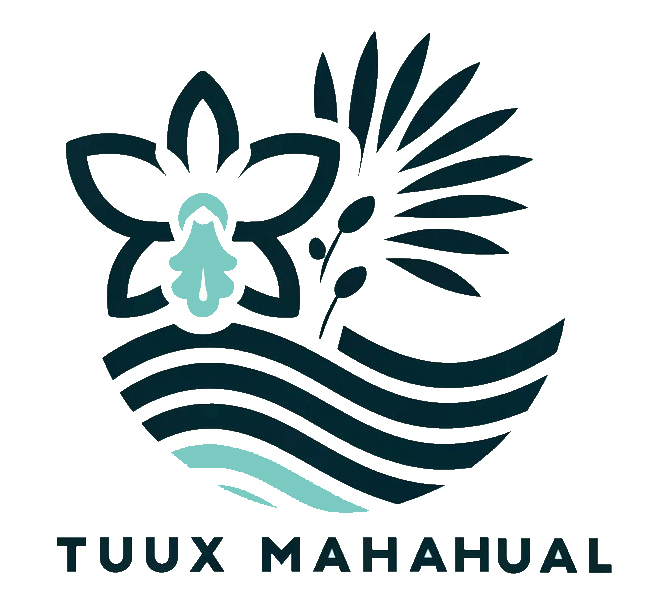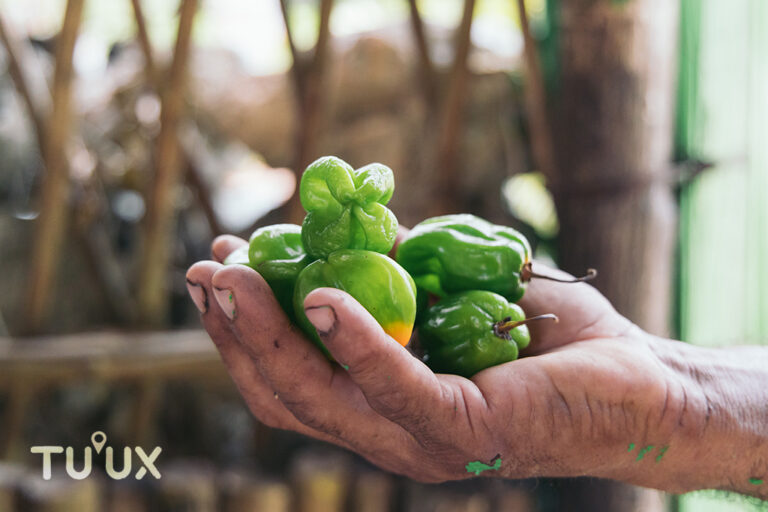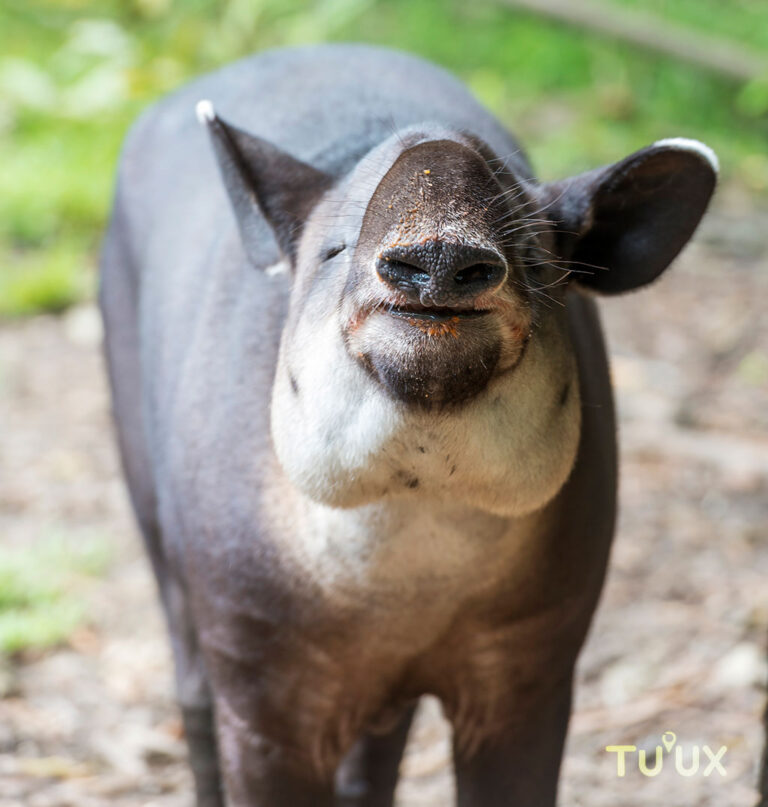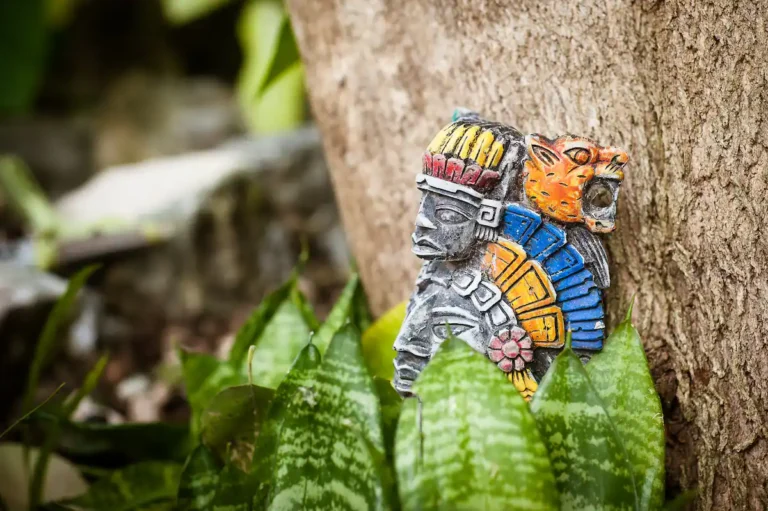EL PÁJARO TOH
🐦 El Guardián Esmeralda de la Selva Maya
En lo profundo de las selvas tropicales del sureste mexicano, un destello azul y verde se desliza entre los árboles como un espíritu antiguo: es el pájaro Toh (Eumomota superciliosa), también conocido como motmot corona azul (Península de Yucatán), pájaro reloj (Campeche y zonas rurales del sureste mexicano), torogoz (El Salvador), guardabarranco (Nicaragua) o barbudillo (Honduras), dependiendo de la región donde se le observe.
Esta ave, además de ser un deleite visual por su exótica belleza, es portadora de un legado cultural lleno de misterio, simbolismo y sabiduría ancestral.
✨ Una Joya Alada del Caribe y la Península de Yucatán
El Toh es un habitante emblemático de los ecosistemas de Quintana Roo, Campeche, Yucatán, Chiapas y Belice, donde se le encuentra en bosques tropicales, selvas medianas, zonas semiáridas y grutas. No es raro verlo en caminos selváticos, cerca de cenotes o en zonas arqueológicas como Cobá y Ek Balam, donde su presencia se entrelaza con el pasado prehispánico.
De hábitos solitarios o en pareja, esta ave prefiere sitios tranquilos y bien protegidos por la vegetación, lo que la hace un indicador natural de entornos saludables.
🎨 Características Notables del Pájaro Toh
- Plumaje vibrante y elegante: Su cuerpo es un lienzo de tonos verde esmeralda, azul turquesa, negro y dorado, y su corona azul brillante le otorga una apariencia majestuosa. La cola larga con puntas en forma de raqueta le da un aire único y distintivo.
- Movimiento hipnótico: Uno de los comportamientos más fascinantes del Toh es su hábito de mover la cola de lado a lado, como un péndulo. Este gesto ha hecho que en algunos lugares se le llame pájaro reloj, y puede tener múltiples significados: advertencia, cortejo o simplemente comunicación visual entre individuos.
- Alimentación variada: Se alimenta de insectos, pequeños reptiles, caracoles, lombrices, frutas y semillas, cumpliendo funciones clave en el ecosistema como controlador biológico y dispersor de semillas.
🌌 Un Ave con Leyenda
En la cosmovisión maya, el Toh es una figura profundamente simbólica. Una leyenda ancestral cuenta que, en tiempos antiguos, era un ave modesta y sin grandes cualidades. Pero su humildad la llevó a recibir una misión sagrada: guiar con su luz a los viajeros del inframundo, conocidos como los caminos de Xibalbá. Por ello, se le considera un guardián espiritual, protector de quienes se adentran en la selva o exploran cavernas y cenotes.
Este vínculo espiritual sigue vivo en muchas comunidades mayas, donde el avistamiento del Toh es considerado buena señal o augurio de protección.
🌱 Importancia Ecológica del Toh
Más allá de su belleza y simbolismo, el Toh desempeña un papel vital en la dinámica de los ecosistemas tropicales:
- Control natural de plagas, gracias a su dieta basada en insectos.
- Ayuda en la regeneración forestal, al esparcir semillas de frutas que consume.
- Indicador ambiental, ya que su presencia suele reflejar la buena salud del hábitat.
Proteger al Toh es también proteger a toda una red de vida interconectada en la selva.
👣 Observación Responsable y Conservación
Ver a un Toh en libertad es una experiencia mágica, pero también un privilegio que conlleva responsabilidad. Si visitas destinos como Mahahual, Bacalar, Calakmul o la Ruta Puuc, considera estas recomendaciones:
- ❌ No lo alimentes ni intentes acercarte demasiado.
- 🤫 Mantén silencio y respeto por su entorno.
- 📷 Utiliza cámaras con zoom y sin flash.
- 🌍 Apoya proyectos locales de ecoturismo, educación ambiental y conservación.
Aunque no está catalogado como especie en peligro, el avance de la urbanización, la deforestación y el turismo masivo representan amenazas reales a su hábitat.
🌿 En resumen
El pájaro Toh —también llamado motmot corona azul, pájaro reloj, torogoz, guardabarranco o barbudillo— es mucho más que una ave hermosa: es un símbolo de equilibrio natural, legado cultural y espiritualidad viva en el Caribe mexicano y la selva maya. Admirarlo en libertad es una oportunidad única para reconectar con la naturaleza y con nuestras raíces más profundas.

🐦 The Toh Bird: The Emerald Guardian of the Maya Jungle
Deep in the tropical jungles of southeastern Mexico, a flash of blue and green glides between the trees like an ancient spirit: it’s the Toh bird (Eumomota superciliosa), also known as the blue-crowned motmot, clock bird, turquoise-browed motmot, guardabarranco, or barbudillo, depending on the region.
This bird, beyond its exotic and striking beauty, carries a cultural legacy full of mystery, symbolism, and ancestral wisdom.
✨ A Winged Gem of the Caribbean and the Yucatán Peninsula
The Toh is an emblematic resident of the ecosystems of Quintana Roo, Campeche, Yucatán, Chiapas, and Belize, where it can be found in tropical forests, semi-arid areas, caves, and cenotes. It’s not uncommon to spot one along jungle trails or near archaeological zones such as Cobá and Ek Balam, where its presence intertwines with pre-Hispanic history.
Typically solitary or found in pairs, the Toh favors quiet, well-covered habitats—making it a natural indicator of a healthy environment.
🎨 Distinctive Features of the Toh Bird
- Vibrant, elegant plumage: Its body showcases hues of emerald green, turquoise blue, black, and gold, and its bright blue crown gives it a majestic appearance. Its long tail with racquet-shaped tips makes it instantly recognizable.
- Hypnotic movement: One of the Toh’s most fascinating behaviors is its habit of swaying its tail side to side, like a pendulum. This movement, which inspired the nickname clock bird, may serve as a mating display, warning, or visual communication.
- Varied diet: The Toh feeds on insects, small reptiles, snails, worms, fruits, and seeds, playing key ecological roles as a biological pest controller and seed disperser.
🌌 A Bird Wrapped in Legend
In Maya cosmology, the Toh is a deeply symbolic creature. According to ancestral legend, it was once a plain bird. However, its humility and wisdom earned it a sacred task: to guide travelers through the hidden paths of the underworld, known as Xibalbá. Because of this, it is considered a spiritual guardian, protector of those who enter the jungle or explore caves and cenotes.
Even today, in many Maya communities, the sight of a Toh is regarded as a good omen or sign of protection.
🌱 Ecological Importance of the Toh
Beyond its beauty and mysticism, the Toh plays a vital role in tropical ecosystems:
- Natural pest control, thanks to its insect-rich diet.
- Forest regeneration, by dispersing the seeds of consumed fruits.
- Environmental indicator, as its presence reflects healthy ecosystems.
Protecting the Toh means preserving an entire web of interconnected jungle life.
👣 Responsible Birdwatching and Conservation
Seeing a Toh in the wild is a magical experience—but also a privilege that comes with responsibility. If you’re visiting places like Mahahual, Bacalar, Calakmul, or the Puuc Route, keep these tips in mind:
- ❌ Don’t feed or approach the bird.
- 🤫 Maintain silence and respect its habitat.
- 📷 Use zoom lenses and avoid flash photography.
- 🌍 Support local ecotourism, environmental education, and conservation projects.
Although not currently listed as endangered, urbanization, deforestation, and irresponsible tourism are real threats to its habitat.
🌿 In Summary
The Toh bird—also known as the blue-crowned motmot, clock bird, guardabarranco, barbudillo, and turquoise-browed motmot—is much more than a beautiful bird: it is a symbol of natural balance, cultural heritage, and living spirituality in the Mexican Caribbean and the Maya jungle. Observing it in its natural habitat is a rare opportunity to reconnect with nature and ancient traditions.







